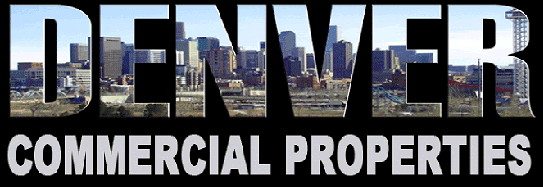Renting a commercial space may seem simple: find an available space, negotiate terms, sign a lease, and move in. But commercial leases can sometimes be more complex than they initially appear. Before signing on the dotted line, you should understand the ins and outs of your specific commercial lease. You’ll need to know who will be paying for property taxes, utilities, maintenance, and more.
The type of commercial lease you have will determine what expenses you’ll need to cover and what your landlord will handle. This guide will give you a basic understanding of four common types of commercial leases. For more information about leasing commercial properties, contact the friendly professionals at Denver Commercial Properties.
Full-Service/Gross Lease
When you sign a full-service lease, you agree to pay the base rent price set by the landlord. The landlord pays maintenance fees, insurance, real estate taxes, and other building expenses.
Rates for full-service leases can be significantly higher than other types of commercial leases, but they allow tenants to pay one flat monthly fee.
It’s crucial to read the fine print on a gross lease–some landlords charge tenants for operating expenses that exceed a certain amount after the first year.
Net Lease
A net lease is a type of commercial real estate lease that requires tenants to assume responsibility for a portion of the property’s operating expenses. These may include:
- Common area maintenance
- Insurance
- Property taxes
Landlords calculate each tenant’s share of expenses by considering the building’s total operating costs per square foot and the percentage of the property each tenant occupies.
There are three types of net leases: triple, double, and single net leases.
Triple net lease
In a triple net lease, the tenant agrees to pay for rent, utilities, and all other operating expenses, including maintenance fees, insurance, and property taxes. Fees may be higher than some tenants expect, and these leases can be difficult to break or renegotiate.
Double net lease
A double net lease requires tenants to pay rent, utilities, property taxes, and building insurance. Landlords assume responsibility for the cost of structural maintenance. Base rent tends to be lower because the tenant must pay for other operating expenses.
Single net lease
A single net lease requires tenants to pay for rent, utilities, and property taxes. Landlords cover the costs of building insurance and maintenance expenses.
Modified Gross Lease
A modified gross lease combines the features of a gross lease and a triple net lease. Details can vary from lease to lease, but generally, tenants assume responsibility for paying rent, utilities, and some percentage of building operating costs.In some modified gross leases, tenants take on a portion of the costs based on what percentage of the property they occupy.
Percentage Lease
Percentage leases require tenants to pay a base rent and a percentage of gross business sales–often around 7%– once a certain threshold has been crossed. Percentage leases are standard in retail malls.
Base rent is typically lower in a percentage lease because tenants pay landlords a portion of their revenue each month. Landlords usually take responsibility for property taxes, insurance, and building maintenance.
Learn More About Leasing Commercial Properties
If you’re considering leasing commercial properties and want expert guidance, contact the Denver Commercial Properties team. We can help you avoid common, costly mistakes when finding a property and negotiating a lease. Call today to get started.
